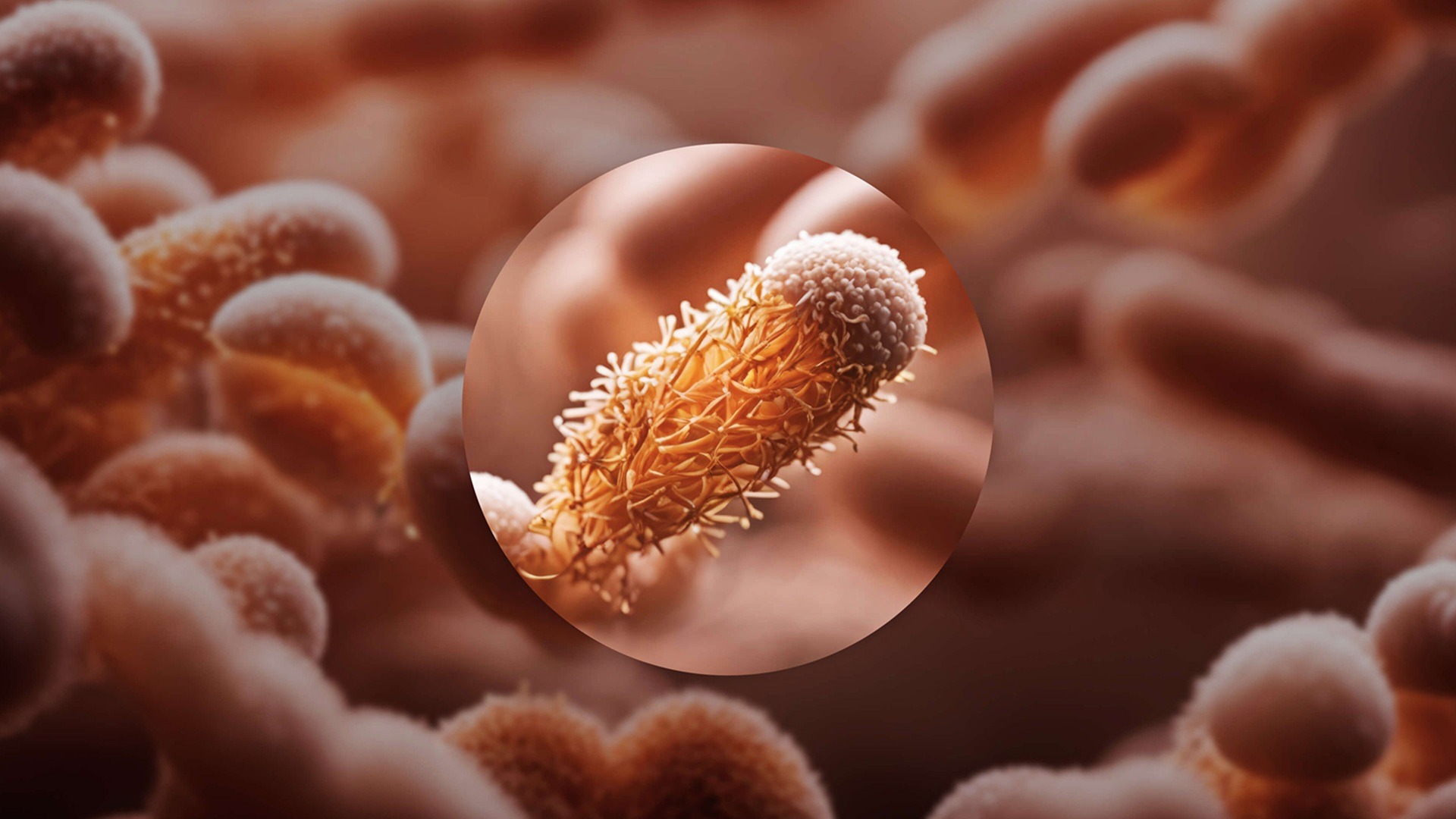New Guidance on Specifying Suitable POU Filters
Section 3.73 of the NETB sets out clear criteria for what constitutes a “suitable and sufficient” POU filter. Filters should now be verified to retain nontuberculous mycobacteria (NTM) and other waterborne pathogens over their claimed life cycle. Specifically, filters must:
- Use 0.2 µm absolute sterilising-grade membranes (validated to ASTM F838),
- Demonstrate efficacy under real-world healthcare conditions, including variable temperatures, intermittent usage, and daily flow volumes,
- Withstand chemical and thermal disinfection where applicable,
- Be compatible with the specific biocides and water chemistry of the facility.
The document also highlights the importance of manufacturing robustness, recommending:
- Leak integrity testing,
- Mechanical burst testing,
- Quality assurance for every unit,
- Strict protocols against refitting previously used filters.
Critically, the POU filters must be part of a documented Project Water Safety Plan (PWSP) and monitored as part of an assurance process. Training is mandated for staff responsible for installation, maintenance, and use, and filters should never be reinstalled once removed.
The takeaway for procurement teams is clear:
Selection must go beyond price and brand. Validation data, life cycle performance, and real-world compatibility are now essential procurement criteria.




